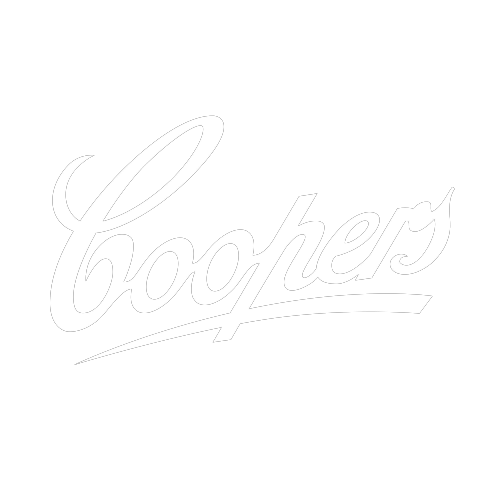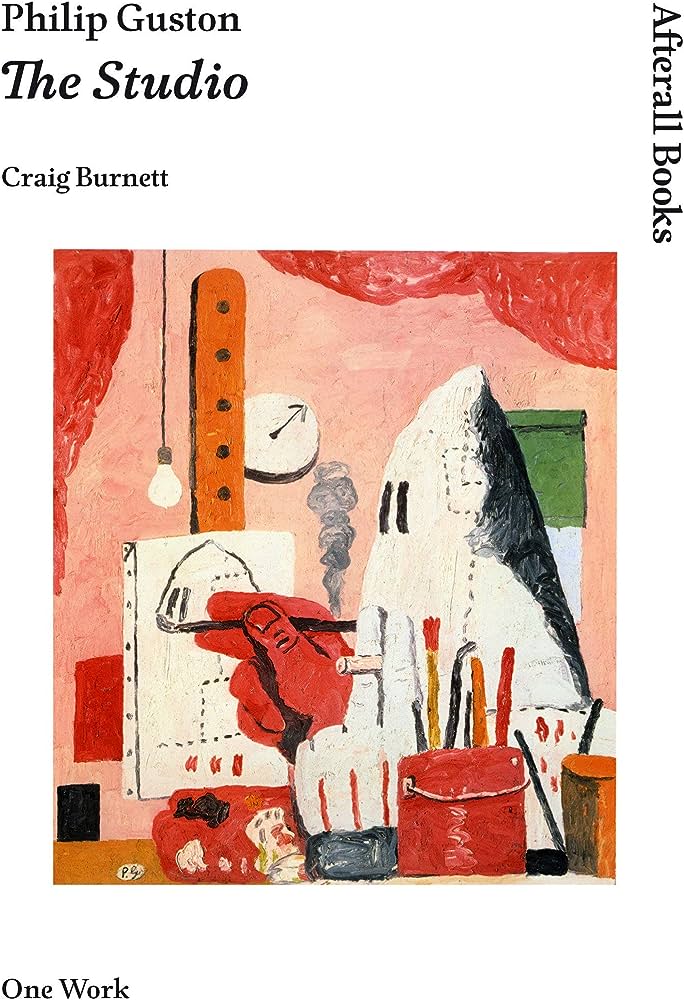
View all: Books
Philip Guston: The Studio
By: Craig Burnett
2014
Philip Guston’s The Studio (1969) depicts a member of the Ku Klux Klan painting a self-portrait. Darkly comic, crude and complex The Studio is a key work in Guston’s shift from abstract expressionism to his late figurative style.
Philip Guston’s The Studio (1969) depicts a member of the Ku Klux Klan painting a self-portrait. Darkly comic, crude and complex The Studio is a key work in Guston’s shift from abstract expressionism to his late figurative style.
In this generously illustrated book Craig Burnett examines Guston’s engagement with the history and limitations of painting during the last decade of his life. Burnett reflects that The Studio signals not only a broader historical moving away from the medium-centric claims of modernist abstraction but also a personal shift to subject matter that was discursive, playful and carnivalesque. The Studio’s existential ‘play of self’ and ‘Kierkegaardian despair’ is counterbalanced by the lure of compositional coherence to be found within paintings by artists such as Piero della Francesca, among others. Finally Burnett focuses on ‘a passage of supreme poetry’, the column of smoke central to The Studio, its importance as a compositional device and its presence as a ghost of abstraction.
This title is part of the One Work book series, which focuses on artworks that have significantly shaped the way we understand art and its history.
101 pages, 21 cm x 15 cm, paper cover, Afterall Books
$45.00
Only 1 left in stock



 Charismatic Spirals
Charismatic Spirals  Brisbane Bookshops
Brisbane Bookshops
 Nowhere Fast: Punk and Post-punk Brisbane 1978-1982
Nowhere Fast: Punk and Post-punk Brisbane 1978-1982
 Art Collector Single Issue: April – June 2024
Art Collector Single Issue: April – June 2024
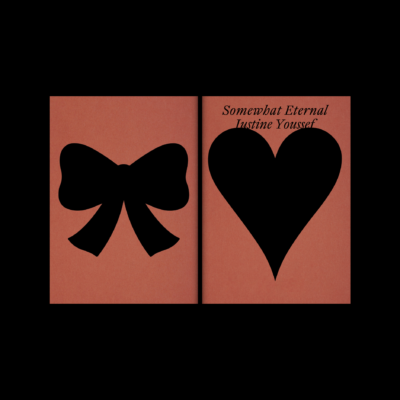 Somewhat Eternal Justine Youssef
Somewhat Eternal Justine Youssef
 Artlink Issue 44:1 | Parnati–Kudlila / Autumn–Winter 2024
Artlink Issue 44:1 | Parnati–Kudlila / Autumn–Winter 2024  Art Monthly Australasia Issue 338 Autumn
Art Monthly Australasia Issue 338 Autumn
 Mithu Sen: mOTHERTONGUE
Mithu Sen: mOTHERTONGUE 


